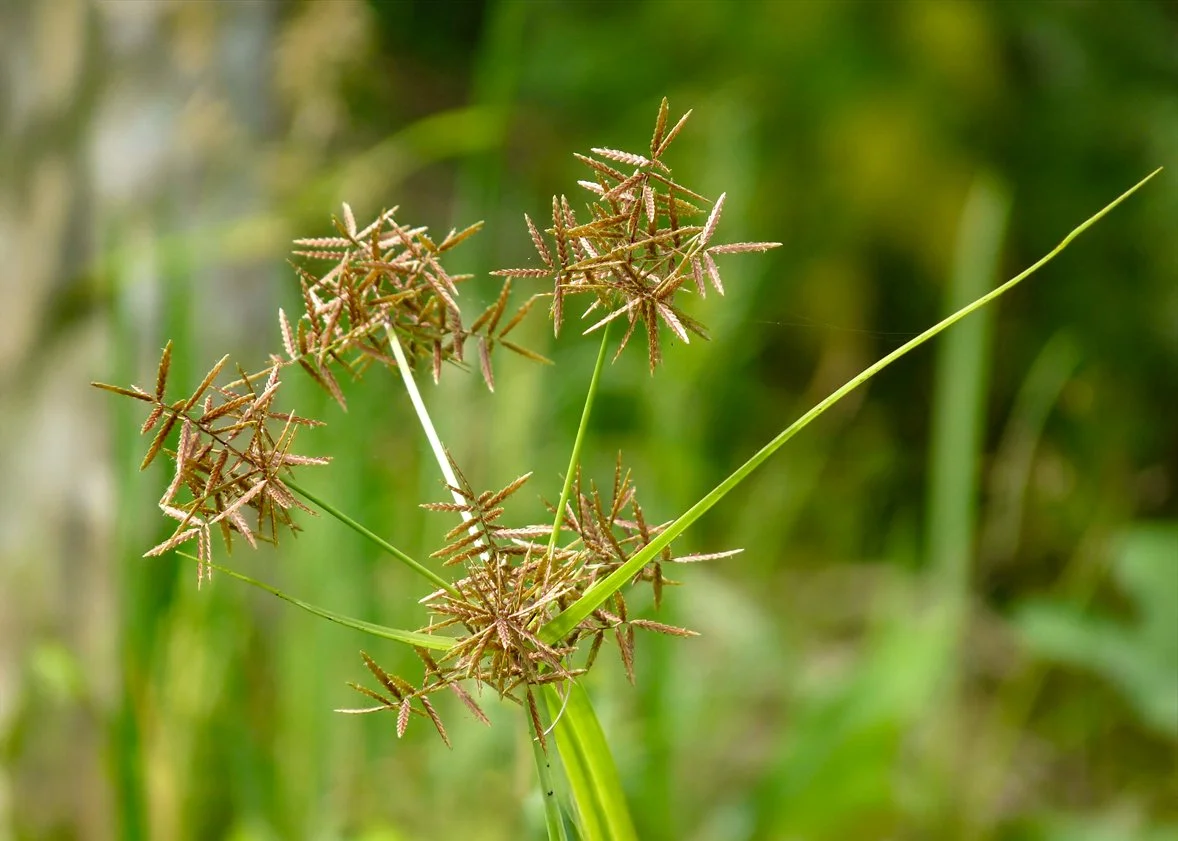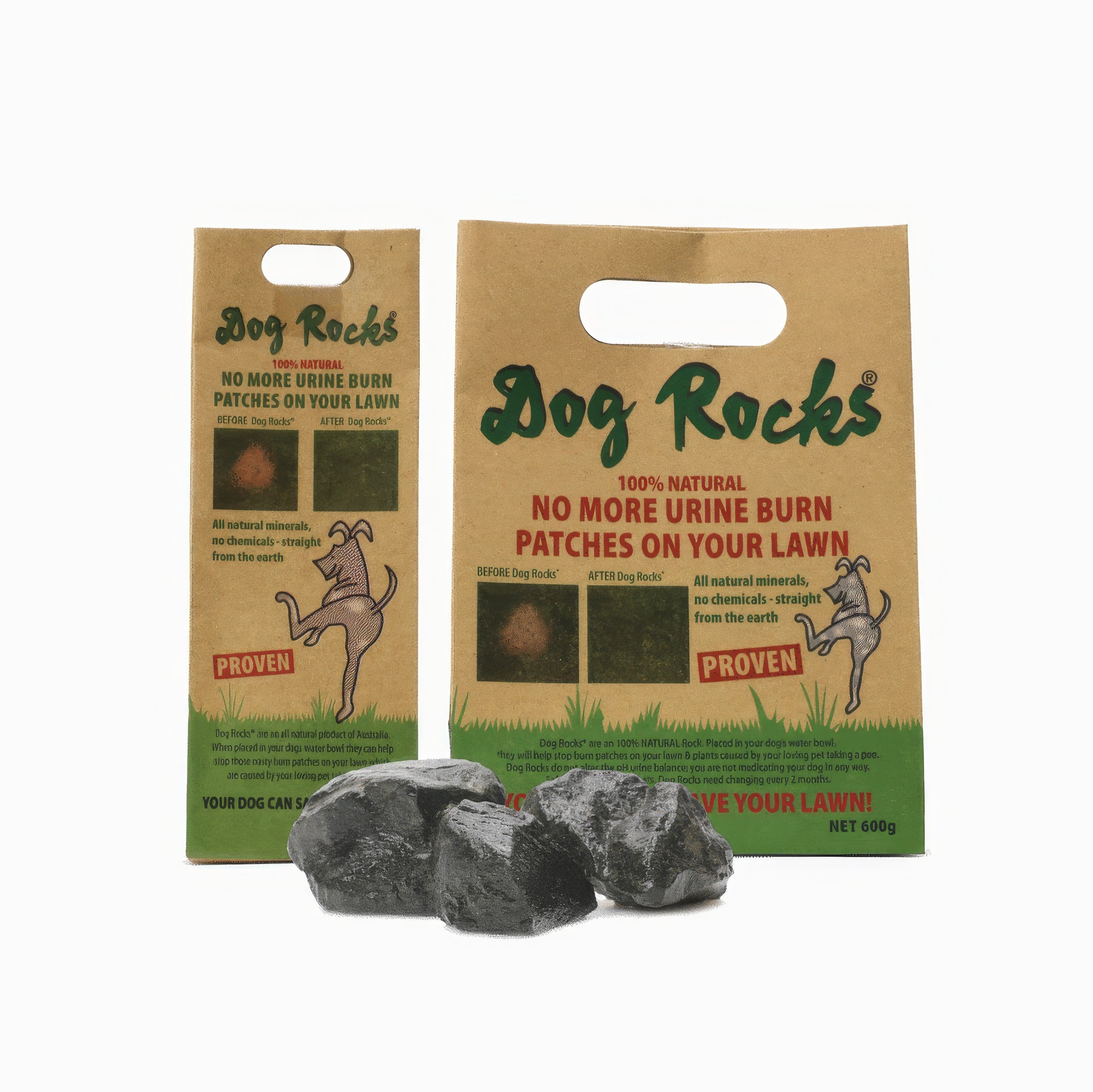Nutgrass (Nut Sedge) in Canberra Lawns: How I Identify, Prevent, and Control It
G’day, Nikolai here from The Lawn Firm. If you see stiff, bright-green shoots that outgrow the rest of your lawn in days, you may have nutgrass (also called nut sedge). It spreads fast underground and is one of the trickiest weeds I deal with across Canberra. Here’s my clear plan that works.
What nutgrass looks like
Colour and speed: Shiny, bright green and grows faster than your lawn.
Leaf habit: Upright, V-shaped leaves in clusters.
Feel: Stems feel firm; plants stand bolt-upright after mowing.
Patch pattern: Plants pop up in small, even clumps that expand in summer.
Why nutgrass spreads in Canberra
Wet or poorly drained spots (leaky sprinklers, low areas).
Disturbed soils after edging, trenching, or renovations.
Compacted clay that holds water near the surface.
Thin turf that leaves space for shoots to break through.
When nutgrass is most active
You’ll notice strong growth from late spring to early autumn, especially after rain or heavy watering. Act during active growth for best results.
Quick checks we use onsite
Speed test: If you mowed two days ago and tall shoots are back, check for nutgrass.
Patch test: Clumps rise evenly, not like random broadleaf weeds.
Root check (careful): It’s not usually recommended to try to pull nutgrass up, because the leaves can easily break away from the tubers, making it harder to remove and eradicate.
Prevention that works
Fix drainage: Level small lows, repair leaks, and stop pooling.
Aerate compacted areas: Open clay so water moves down.
Feed on a seasonal plan: Dense turf shades soil and slows new shoots.
Mow at a steady height: Avoid scalping, which opens space.
Be careful with soil works: Limit deep cultivation that spreads tubers.
Control once nutgrass appears
Hand removal (small numbers): Water first. Use a narrow trowel. Lift the plant and the tubers in one slow piece. Do not yank, snapped tubers reshoot.
Please note: this method is not recommended for inexperienced gardeners. If removal is not done correctly and completely, it can make controlling the weed much harder going forward.
Targeted professional control (wider spread): I treat during active growth, then return for follow-ups. Timing and repeat visits are essential because of tubers.
Common mistakes we fix
Pulling tops only: Leaves tubers behind and makes the patch worse.
Overwatering: Keeps the upper soil wet and encourages spread.
Heavy cultivation: Breaks tubers into pieces that all reshoot.
Skipping follow-ups: Nutgrass needs a sequence, not a one-off.
My ACT timing guide
Late spring: Find wet spots, fix leaks, start removal.
Summer: Targeted control during peak growth; aerate where compacted.
Early autumn: Repair thin areas with light top dressing and overseeding; set a steady watering plan.
DIY or call The Lawn Firm?
If you are confident in your gardening ability, you can lift a few plants if you take the tubers with them. For bigger outbreaks, selective spraying is the best way to get nutgrass under control. A planned sequence wins: drainage fixes, aeration, targeted control, and recovery. I set the plan and do the hard work so the lawn thickens and nutgrass loses ground.









